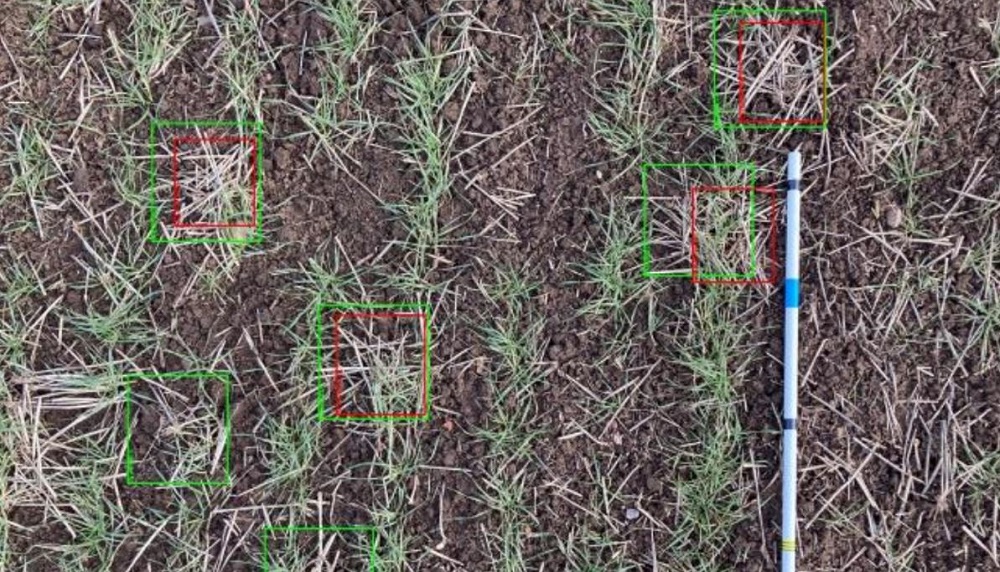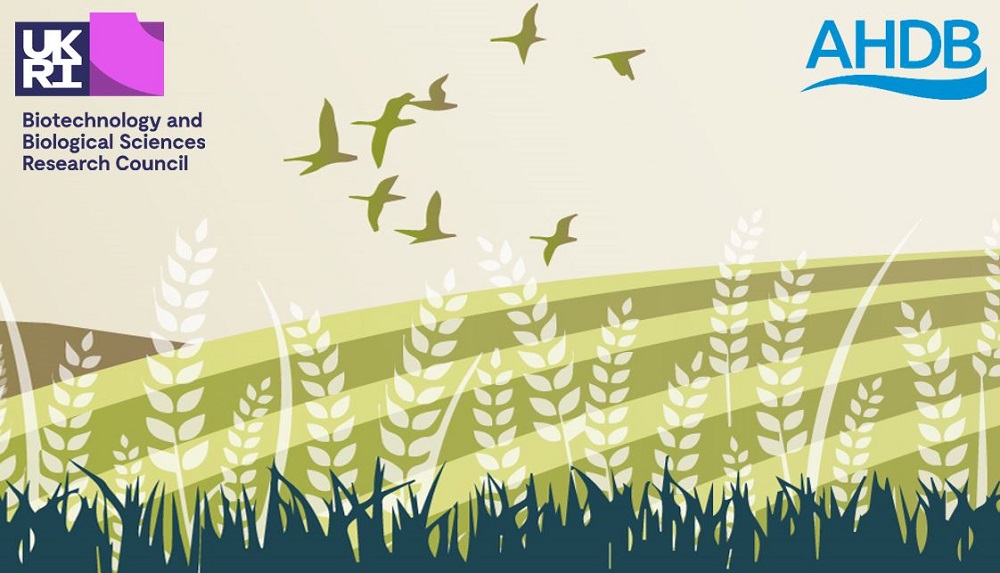- Home
- Knowledge library
- Reducing crop disease risk through residue management (AHDB/BBSRC net-zero partnership)
Reducing crop disease risk through residue management (AHDB/BBSRC net-zero partnership)
Summary
The latest science has informed a business case for the effective biocontrol of the plant pathogen Fusarium culmorum and the mycotoxin, deoxynivalenol, by Lumbricus terrestris earthworms.
The estimated biocontrol value is £59 ha-1 through reducing tillage (fuel) and fungicide inputs.
This project demonstrated the potential for applying artificial intelligence (AI) to process images of the soil surface to detect L. terrestris middens.
L. terrestris earthworms live in a permanent vertical burrow, emerging at night to collect plant residues from a 30 cm radius of their burrow entrance to form the midden (food resource and burrow microclimate control).
Middens are biodegradation hotspots which can cover up to 30 % of the soil surface.
Small robots can collect image data for plant assessments and, incidentally, soil surface information. This created an opportunity to process this type of image towards the integration of soil biology and plant health information at field scales.
Research attention has been directed towards residue-dwelling crop pathogens causing fusarium head blight (Fusarium spp.).
This is the first study to include Zymoseptoria tritici, Oculimacula acuformis and O. yallundae, and field collected plant residues (wheat, OSR and maize) containing mixtures of pathogenic fungi.
Both the field and laboratory conditions identified that pathogen infected materials were an attractive food source for Lumbricus terrestris earthworms, which rapidly removed infected materials from the soil surface.
However, there were indications of fitness penalties in terms of worm survival with straw containing F. graminearium and Oculimacula spp.
Further research is needed to determine the agroecological interactions between worm activity and individual pathogens in wheat.
Two major gaps in understanding were identified as scientific barriers for biocontrol implementation:
- Pathogen dispersal risks from earthworm activities.
- Linking earthworm activities and fitness to plant disease incidence.
We used an audience response system at a farming conference (111 people) to inform development needs for biocontrol strategies.
Earthworm ecology knowledge was poor, but 90% people routinely monitor or observe earthworms, and an opportunity to develop an experiential learning activity in October 2022 was identified.
Midden mapping activities were well received, and there was potential for co-development (providing images to accelerate AI development).
Information seeking behaviours were characterised as browsing style, and preferences were towards animated social media posts, in a format for mobile phone viewing, disseminated via Twitter, by the active scientist.
This highlights that network building between scientists-farmers is an important component of change management in agriculture.
AHDB/BBSRC net-zero partnership
*This project was part of an AHDB/BBSRC partnership that aimed to support the agricultural transition to net zero. Project costs were met through BBSRC’s Farm Sustainability Fund. The partnership supported ten projects that address priorities identified by farmers, including ways to cut greenhouse gas emissions and increase carbon storage.



